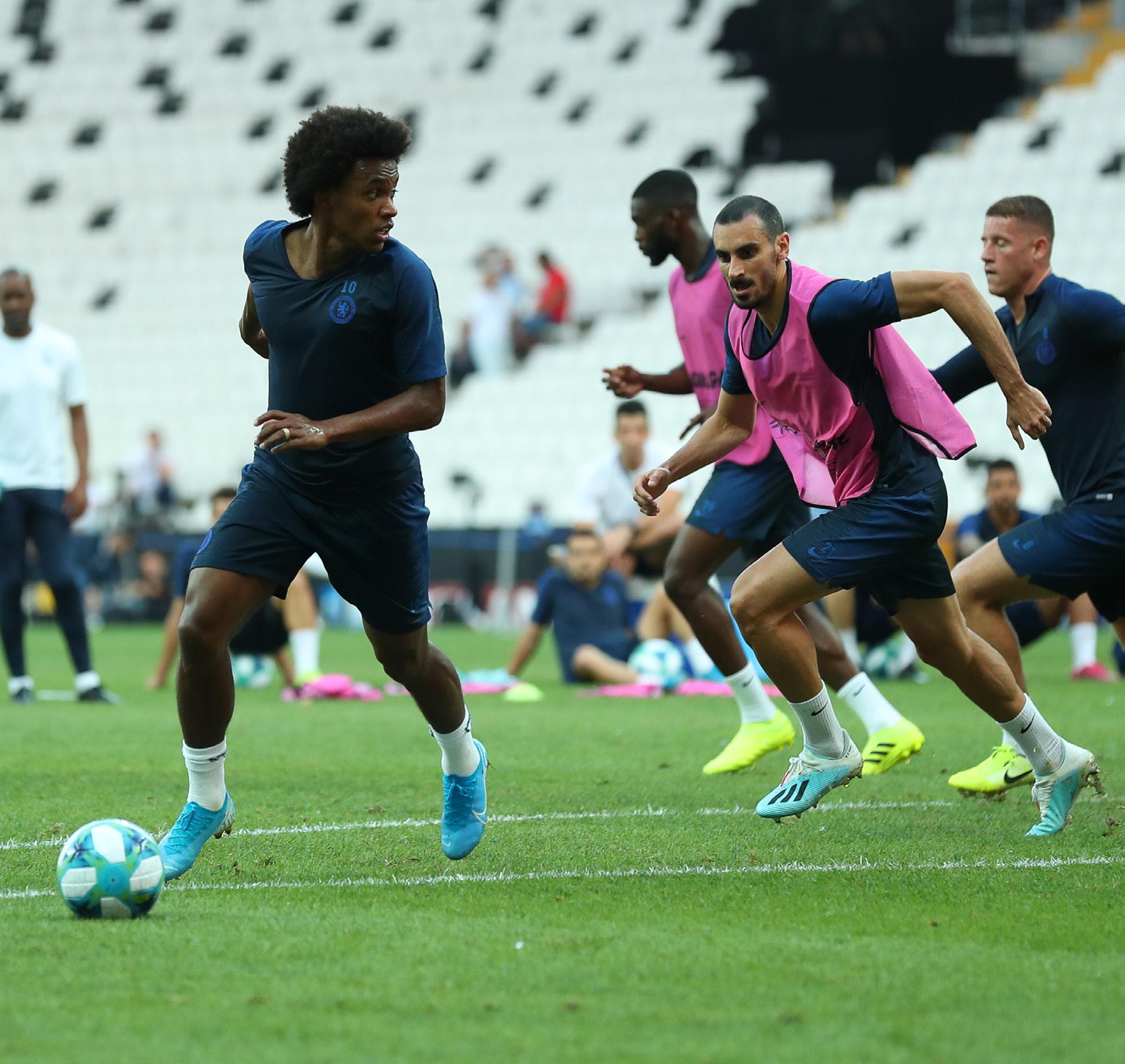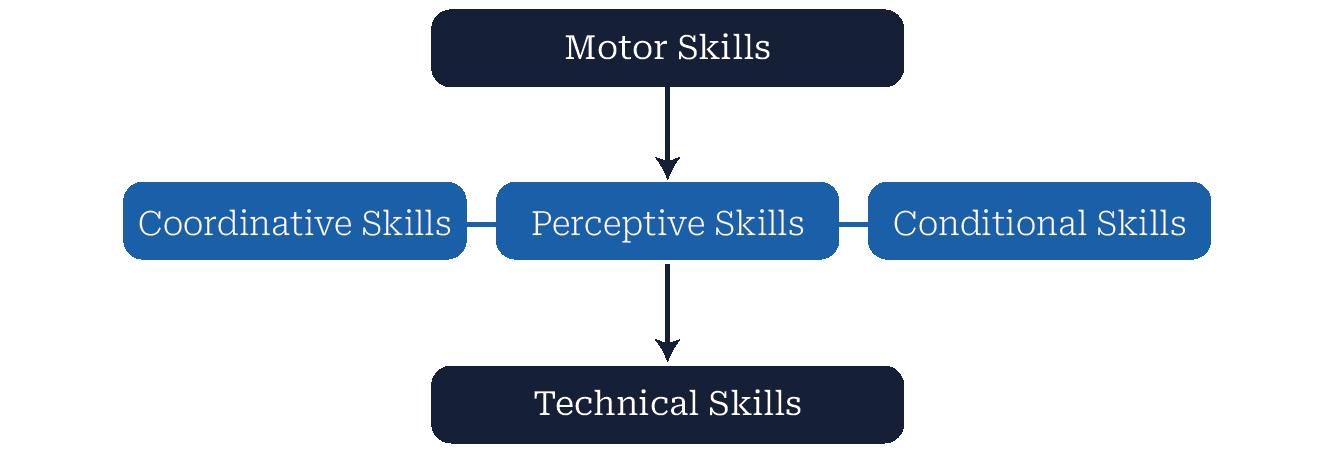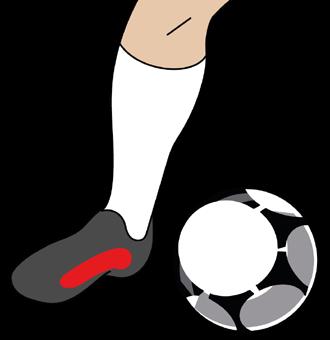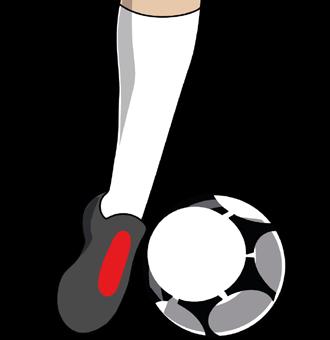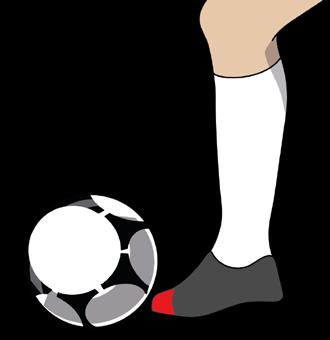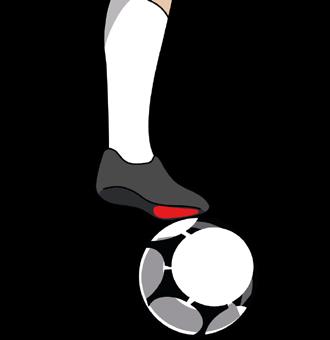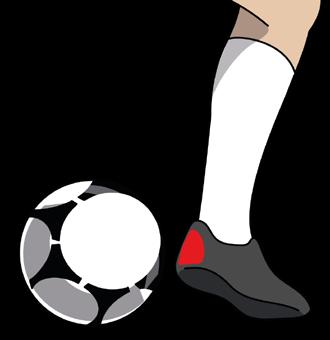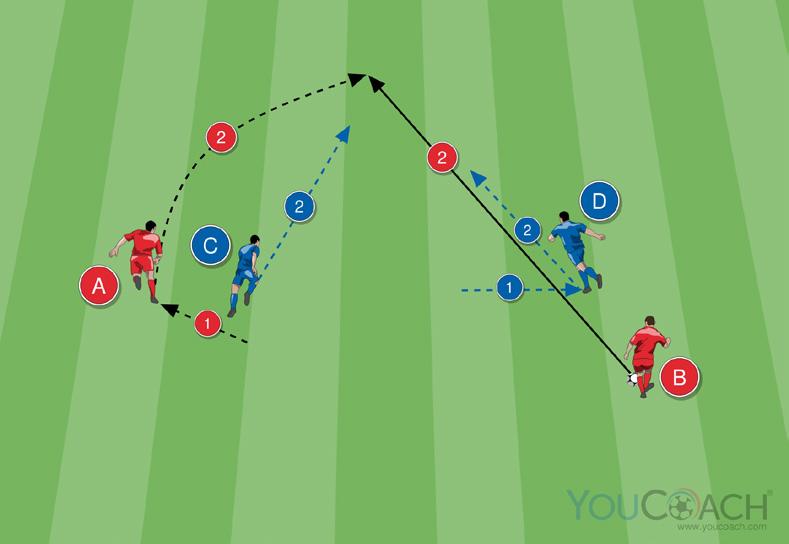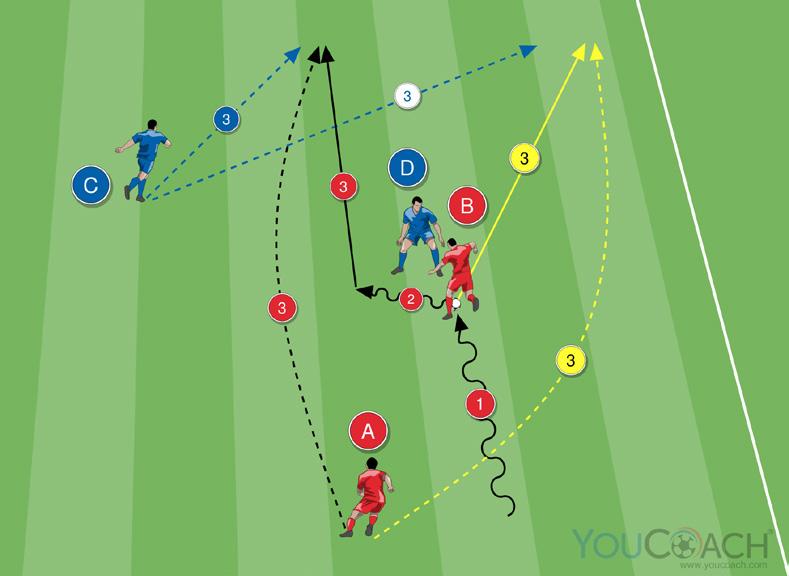INTRODUCTION TO SOCCER
Technical and tactical offensive and defensive fundamentals
TECHNIQUE
Technology as a tool for methodology: this is the mission of YouCoach, a service designed by soccer coaches for soccer coaches. We believe in research, study and debate and work to increase the soccer culture of those who approach the coaching profession. Thanks to our team of experts we make accessible and share quality exercises and content for all soccer levels. Since 2013 we have decided to take on the fascinating challenge of bringing to the web everything that until then was only present in print media: the content and tools that soccer coaches need to do their daily work.
Our wide range of digital products, including eBooks, videos, and collaborations with several leading professional clubs on the international scene, has made YouCoach.com a benchmark in more than 40 countries around the world for all enthusiasts who are constantly looking for new ideas and want to keep up to date with new training methodologies. We also developed YouCoachApp, a web-based application accessible from any device and supported by a mobile app that complements the features of the web app. YouCoachApp makes it possible to simplify the work of soccer coaches and clubs, academies and college teams on and off the field, supporting them in the most common activities: collecting drills, scheduling and sharing training sessions, analyzing detailed statistics on games and players. It is the digital assistant that helps coaches save valuable time by allowing them to monitor their work at all times. Thank you for choosing one of our products, enjoy your reading!
YouCoach Team
Keep following us on www.youcoach.com
THE AUTHORS
YouCoach staff can count on a technical team made up of coaches, athletic trainers, goalkeeper trainers, psychologists and managers who work for major and non-professional leagues. Thanks to these diverse experiences we can be familiar with different points of view and provide practical advices along with theoretical considerations, in order to share a certain way of thinking. We hope we can contribute to new soccer training methodologies development and evolution.
Our perspective includes both young and adult soccer players, in order to link technical and tactical aspects to the psychological ones, considering the athlete as a whole.
YouCoach staff is constantly evolving; thanks to the participation of our readers we can grow and spread new ideas, providing you a better service that can meet your needs on the training field.
Cross experiences, open debate and an open mind are our guiding principles, as we want to look ahead while studying present and past currents of thoughts of this beautiful sport.
INTRODUCTION
PLAYER, KICKER OR FOOTBALLER (SOCCER PLAYER)? A UNIQUE UNIT AND A GROWING PATH TO TRACK
A passive participant in any event is a spectator, watcher or observer. When a participant becomes active in any event, they become a player, character or even the protagonist. Bringing these easy and quick definitions into a soccer event is crucial to establish who is a soccer player. After having noted that a player must be active in a soccer event, this kind of player can be a kicker or a footballer (soccer player). Who is a kicker, and who is a footballer (soccer player)?
The kicker kicks, stops and guides the ball without situational implications. The footballer (soccer player) reads, interprets game situations and performs the necessary and most useful technical gestures concerning the development of these situations. Kicker’s actions are aligned with those that children perform in their very early lives, just for the sake of it, as they find it funny to kick or throw a ball away. Then every coach’s task is to develop a kicker into a soccer player, supporting and following them in their growing path concerning their ages, and helping the footballer become a better and better soccer player.
Indeed, who is a footballer? A footballer is a unique unit (player) in a system (team) that must be capable of making the right choices to fix the situational issues that the complex system of a soccer match creates. A soccer player is an entirety of physical, technical, tactical and psychological factors; a unique unit. Unique means that every unit (player) has their way
• The player should learn and feel comfortable with the technical gestures when involved in the situations of play;
• The player should adapt technical gestures to play flows (rather than fixed play patterns).
This is the process by which a player, a footballer, performs a technical gesture.
Picture 3 - Process to perform a technical gesture.
PLAYER’S TECHNICAL GESTURES IN INDIVIDUAL TACTICAL SITUATIONS
The word “technique” in the European Latin language version derives from the Ancient Greek word τέχνη [téchne], which meant “art, expertise”, “to know how to”; it indicates the system of rules that shall be applied to perform a specific action. Technical principles sum up all the situations when a player touches a ball; the contact with the ball is a consequence of all motor and coordination skills. Which part of the soccer player’s body can touch the ball while playing (as soccer normally requires)? – pictures from 4 to 15.
4 - Inside foot.
8 - Tiptoe.
- Instep.
- Chest.
- Outside foot.
- Sole.
- Inside instep.
- Heel.
player should move without losing the goal’s view and along the goal screen space. Move to stay unmarked while changing and increasing the speed.
Defending
The first defensive movement is tracking the opponent who’s running off the ball to cut. Then, if the attacker is out of time, they can be left offside. The two defenders must focus on the line while covering, so as not to leave the attackers in play.
3.3
PASS IN BEHIND IN A 2 V 2 DUEL
Attacking
The receiver runs in behind along the direct marker’s blind side. The receiver must escape the defender and move towards the opposition’s goal line to go at the back of that same defender.
Defending
Defenders should not only look at the ball, but also at the opponent who they are marking. When the attacker breaks away to move behind the defender, they must move toward the attackerʼs own goal line, dropping deep and wide.
3.4
OVERLAP/UNDERLAP IN A 2 V 2 DUEL
Attacking
The potential receivers arch their runs from the back of the ball carrier (wide overlap, center underlap) to create 2 v 1 duels. The ball carrier must maintain their running direction to create a numerical superiority situation. If and when opponents shift, the ball carrier can drive the ball towards the center and pass it when it becomes open.
Defending
The proper defensive movement is to shift back to prevent the attackers from creating numerical superiority when defenders are aligned, delaying the opposition’s attacking action. Defenders can attempt tackles in all potential closed ball situations.
3.5
DIRECT ATTACK IN A 2 V 2 DUEL
Attacking
It is useful to beat high defensive lines going in behind after escaping the marker with short (move toward the ball)-long runs before receiving at the back.
Sectorial/Team pressure
The characteristics of sectorial or team pressure are as follows:
• When at least two players put pressure, the action becomes sectorial until it becomes a team action. The condition of numerical superiority (or, in some situations, equality) is always crucial. For example, marking/covering movements are essential in a 2 v 2 situation.
• Limit time and space to the opposition’s ball carrier and their nearest passing options to prevent them from moving toward free spaces.
• Make the field small for the ball carrier, limit their options and their view of these options, as well as limiting the options of movements off the ball for the opponents who could potentially receive.
• Sectorial or team pressure implies to shift higher on the field in a coordinated manner.
• When pressure is a team action, the tactical objective is to prevent the opponents from playing through and deep; the offside tactic is the consequence.
A third type of pressure action (sectorial-only or team-only) becomes another type of trap when defensive behavior allows the opponents to play freely in a specific area to press aggressively as the ball is driven to another area. During offensive phases, the press invitation is exactly the opposite: play the ball in a specific zone to invite pressure and free another zone to advance up the field. In general, the conditions to start a pressure phase are the following:
1. The receiver is facing their own goal (back to the goal to attack);
2. Wrong ball control;
3. Wrong pass in the space (the potential receiver can’t control the ball on the run and must track it, losing time);
4. Back pass;
5. Slow or long passes;
6. The ball is in the air;
7. Opposition’s throw-ins in the opposition’s first third;
8. When the opponent’s kicking the ball (swing movement of the kicking leg).
Transition to defend
The transition to defend is the moment that follows a loss of possession. When a player loses possession, he and those closest to the ball are the players who are immediately involved in the defensive phase; the moments just after the loss of possession represent the transition to defense when the opposition plays short. When a team is attacking, not all players are directly involved in the attacking/possession phase; here is the concept of rest defense, those players who remain in defensive positions while the team is attacking. When the opposition attempts to counterattack going long, the “rest defense” is immediately involved in the transition phase. The most known tactic in transition to defend is the 6 seconds rule that Guardiola’s Barcelona applied; after the loss of possession, all players near the ball aggressively pressed for 6 seconds, while the teammates further from the ball retreated, before completing the defensive shape when the ball wasn’t recovered. A team that has just lost possession has three main tactical choices:
1. Numerical superiority near the ball
2. Short distances among the counter-pressing players
3. Short distances from the opponent with the ball and their potential passing options
4. Enough cover behind the counter-pressing players
1. The numerical superiority is not sure (potential equality of the two teams)
2. Aggressive pressure against the ball carrier (1 v 1)
3. Closure of passing lanes, or screen of the passing paths concerning the distances between the defending players and the opponents who might receive a pass
4. Depth cover
Table 23 - Transitions to defendʼs tactical choices.
1. Any counter-pressing action isn’t possible
2. Potential numerical inferiority around the ball
3. Available passing path for the opposition to counter-attack
4. Risk at the back due to lack of cover
5. Depth cover is necessary
Dropping baCk behinD the ball line
